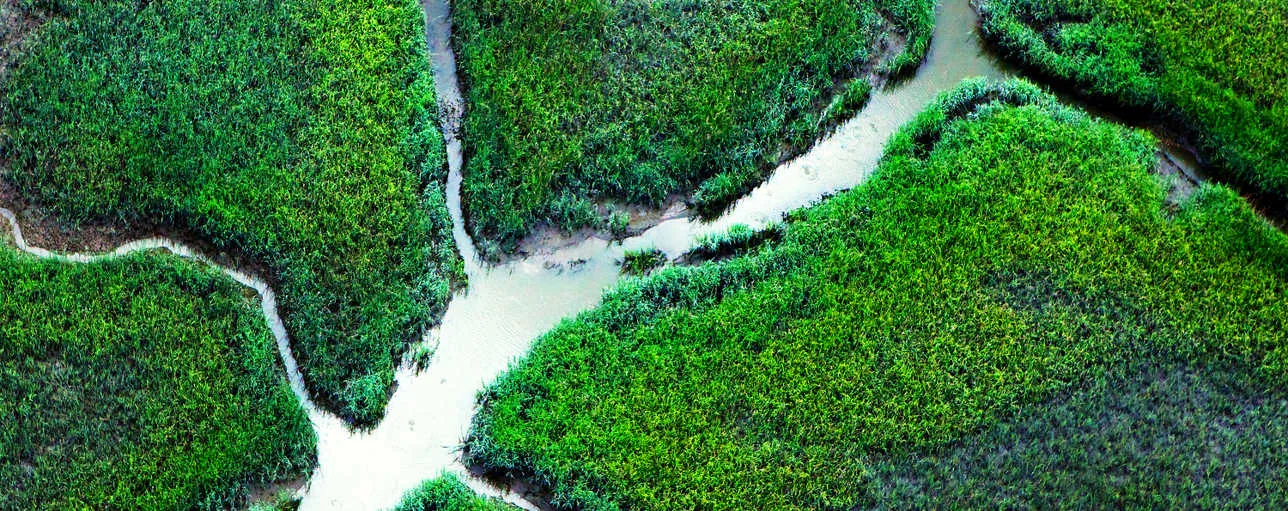Second report in ‘Transition Faster’ series outlines the changes needed in the power grid sector to reduce CO2 emissions in line with Paris Climate Agreement
ARNHEM, The Netherlands, 18 August 2020 – DNV GL today publishes its new report ‘Transition Faster Together: Power grids solutions, strategies and policies for a clean energy future’, outlining how power grids can support the global effort to accelerate the energy transition.
As our reliance on renewable energy increases, modernizing our power systems is required to ensure reliable and cost-efficient operations. Insufficient interoperability between systems and technologies, lack of collaboration between industry stakeholders and the mindset required are just some of the challenges that must be overcome.
Industry leaders including Iberdrola, TenneT, and Sharyland Utilities contributed their insights and expertise to the report, defining how they plan to further reduce CO2 emissions in the future.
To tackle these obstacles, DNV GL’s energy experts have defined key measures and focus areas for business models, technologies, policies and regulations and investments relevant to power grids.
Business models
Utilities and system operators will need to plan for changing revenue streams over the energy transition. With their common interest in integrating more renewables, grid operators should consider including the following measures into their business models to further accelerate the transition towards a low-carbon future:
- Hybrid power generation for optimization, for example combined heat and power or energy storage and generation
- Strengthening of cyber security practices in their infrastructure operations
- Harnessing and developing the power of digital technology.
Technologies
Power grids need to be massively modernized to cope with the integration of renewables, while ensuring reliability and power system stability. To ensure a faster transition, the implementation of new technologies is critical.
First and foremost, we should see the rise of supergrids in the near-to mid-term future: long-distance power transmission based on HVDC and high-voltage cables, including cables for onshore long-distance transmission.
In Europe, interconnectors between large market areas will help to build the single European energy market. In Greater China, the Indian Subcontinent and the Middle East including Africa, expansion of grids to supergrids will allow for the integration of more renewables into the markets.
Policies & regulations
A more decentralized system will drive a need for higher levels of regulation to define roles and interfaces between players. Currently energy policy is highly localised and politicised and fast changing framework conditions are not good for large investments in the energy industry with the fear of stranded investments.
Policymakers can help to define the more challenging climate goals and appropriate long-term energy scenarios. These can then be implemented in a regulatory framework to ensure that reliability and sustainability targets are met based on functioning market models and conditions.
Investments
Cost reductions in renewables are leading to the fading out of subsidies and falling revenues for all types of generation. Despite a fall in grid investment in some countries, there is continued focus from grid operators around the world to invest in renewables integration, grid modernization, improving resiliency and digital transformation. The investment challenges and opportunities will be different for every country, depending on individual energy systems, regulatory environments, generation mix and development needs.
The impact in grid investments will be larger in developing countries, as most of the investment in networks is financed by state-owned utilities that were in a weak financial position before the current COVID-19 crisis, and will likely worsen, driven by more limited fiscal capacity from governments and higher financing costs as sovereign risks increase.
Lucy Craig, Director of Technology and Innovation at DNV GL – Energy commented on the report: “The energy transition is forcing fundamental change for the power system and the industries that manage it. Integrating variable renewable energy sources will require large-scale investment in network modernization and extensions. But grids today are not only defined by the so-called energy transition. Irrespective of the climate agenda, grid operators face the challenges of ageing assets, an ageing workforce and societies increasing dependence on electricity. These are all challenges that need to be overcome if we’re to transition to a clean energy future faster.”
The full report is available to download here.
About DNV GL
DNV GL is the independent expert in risk management and quality assurance, operating in more than 100 countries. Through its broad experience and deep expertise DNV GL advances safety and sustainable performance, sets industry benchmarks, and inspires and invents solutions. Whether assessing a new ship design, optimizing the performance of a wind farm, analyzing sensor data from a gas pipeline or certifying a food company’s supply chain, DNV GL enables its customers and their stakeholders to make critical decisions with confidence.
Driven by its purpose, to safeguard life, property, and the environment, DNV GL helps tackle the challenges and global transformations facing its customers and the world today and is a trusted voice for many of the world’s most successful and forward-thinking companies.
In the power and renewables industry
DNV GL delivers advisory, certification and testing services to stakeholders in the energy value chain. Our expertise spans energy markets and regulations, onshore and offshore wind and solar power generation, power transmission and distribution grids, energy storage and sustainable energy use. Our experts support customers around the globe in delivering a safe, reliable, efficient, and sustainable energy supply.
Learn more at www.dnvgl.com/power-renewables
